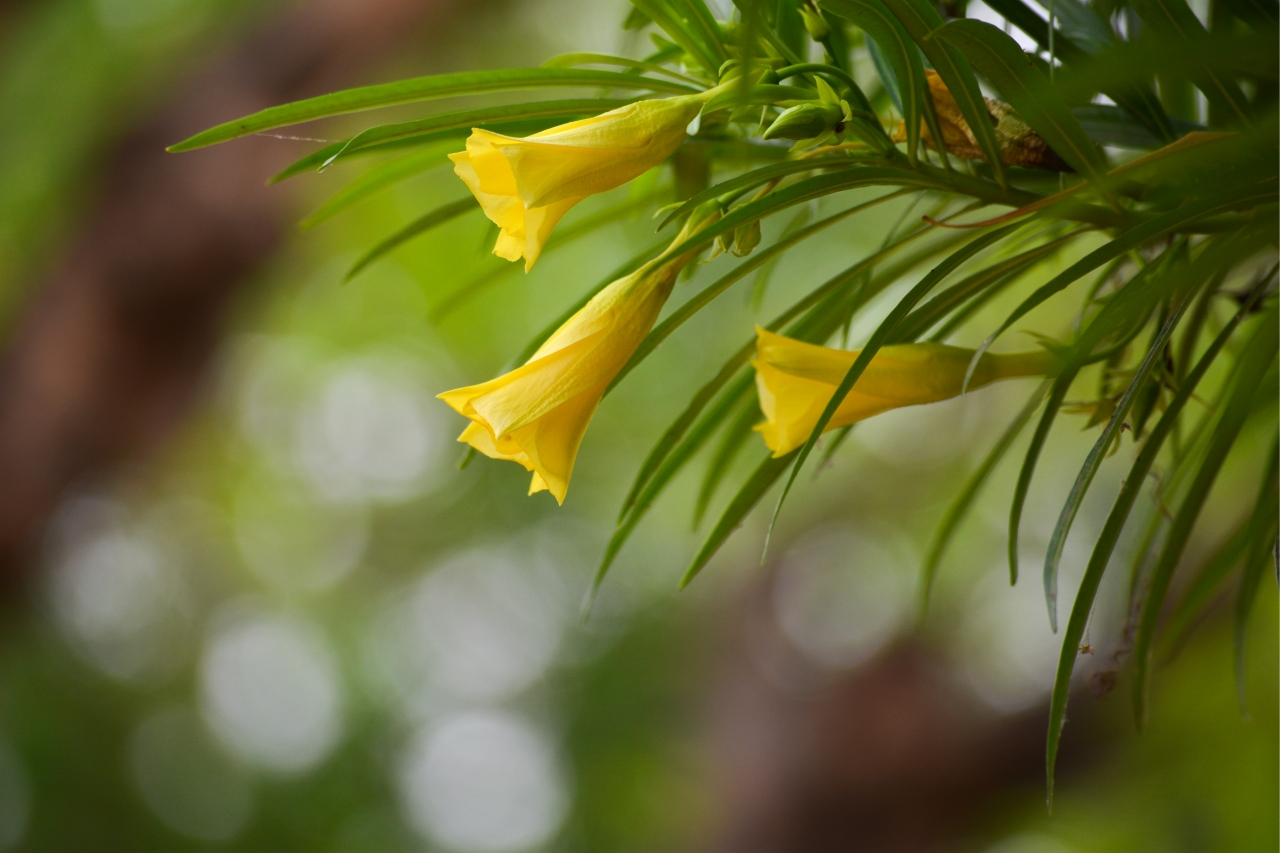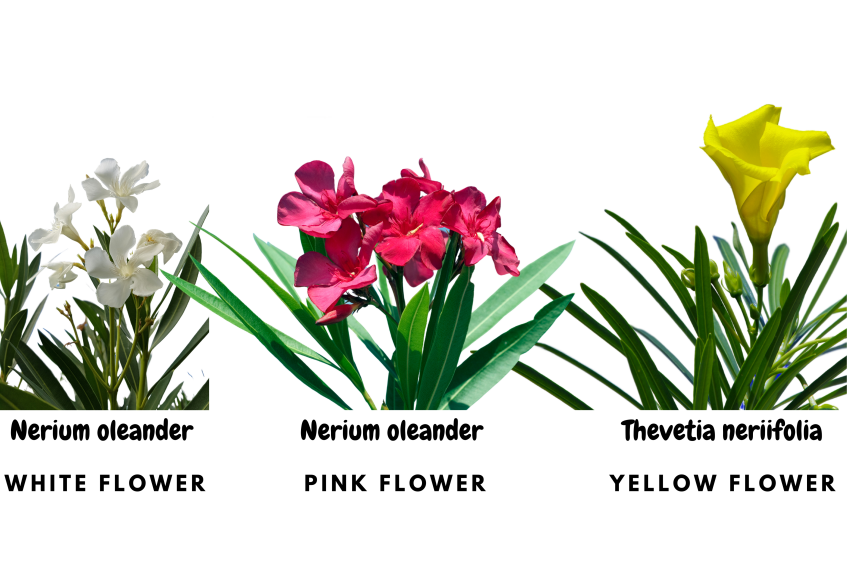
This is not Nerium oleander!
By Débora Frommenwiler and Eike Reich
This publication investigates the ability of the HPTLC method for oleander to identify and distinguish another toxic species potentially confused with oleander.
Two months ago, we blogged about the internet promotion of oleander extract as a possible treatment for COVID-19, and how HPTLC can help with identifying the poisonous oleander.
Nerium oleander L., also known as oleander, is an ornamental and landscape plant. In folk medicine, oleander is used to treat cardiac illnesses, asthma, corns, cancer, and epilepsy [1]. Most of these activities are related to the presence of compounds called cardiac glycosides [2]. However, this class of compounds is also responsible for the toxicity of this herbal drug.
In Indian traditional medicine the leaves of Nerium indicum Mill. (synonym of N. oleander) and Thevetia neriifolia Juss. (synonym of Cascabela thevetia (L.) Lippold) are used for the same medicinal purpose, and both are known by the Hindi name of Kaner. Both species resemble each other morphologically (Figure 1), particularly their leaves. The main difference is seen in their flowers. Thevetia neriifolia has yellow flowers while those of Nerium oleander are white or pink [3].
Identification of Nerium oleander and Thevetia neriifolia.
The screening for toxic plants in herbal products can help to prevent accidental poisoning and is an important element of the quality control process. Therefore, we investigated whether the proposed HPTLC method is also capable of identifying T. neriifolia and distinguishing it from N. oleander.
Because many substances in T. neriifolia and N. oleander leaf are not detected in either UV 254 nm, UV 366 nm or white light, a two steps derivatization commonly used in HPTLC was applied. This way the two fingerprints shown in Figure 2 are obtained.
In the first fingerprint natural products reagent was used to specifically “highlight” (visualize) only zones due to flavonoids and phenolic compounds. It is observed that N. oleander leaf (from pink and white flowers) presents several of such zones (e.g., blue fluorescent zones like chlorogenic acid) and a couple of yellow zones, characteristic of flavonoids (like isoquercitrin and hyperoside, used as refence substances). T. neriifolia presents only two faint blue zones in this detection.
In the second fingerprint anisaldehyde - sulfuric acid, a universal reagent, was used on the plate to show zones characteristic of cardiac glycosides (e.g., blue zones like oleandrin). Other zones due to other classes of compounds are also detected. While the fingerprint of N. oleander leaf (from pink and white flowers) shows several blue zones (due to cardiac glycosides), some yellow zones due to flavonoids, and other brown purple zones not identified, the fingerprint of T. neriifolia presents only very faint zones, that are not yet identified. Further investigations on Thevetia are in progress!
[1] J. A. Duke. Handbook of Medicinal Herbs, second edition. Boca Raton, CRC Press, p627, 1985.
[3] Monograph for Nerium indicum Mill. In: Quality standards of Indian Medicinal plants, Vol 11. Indian council of Medical Research, New Delhi, pp 271-280, 2013


Comments
Leave a comment